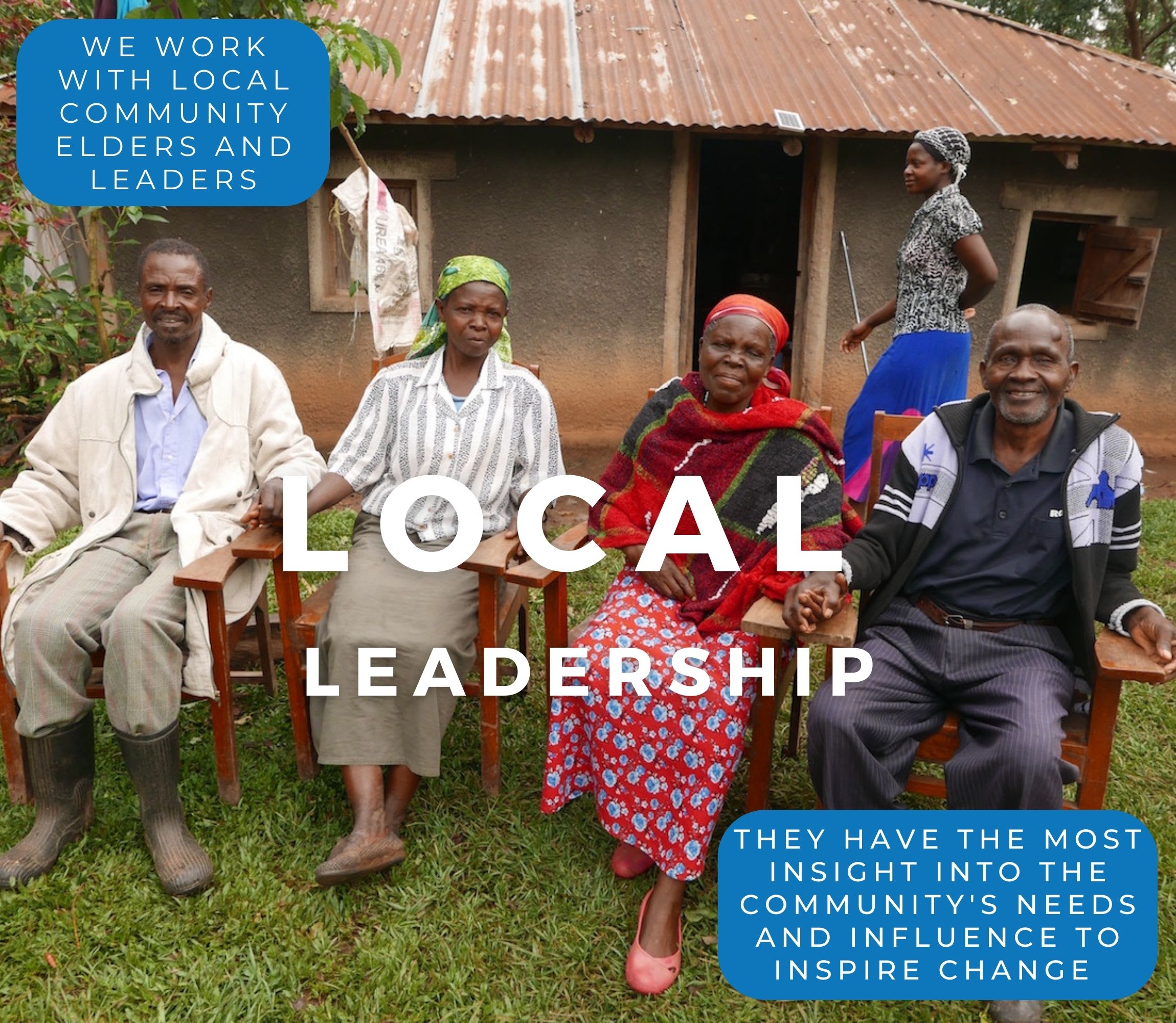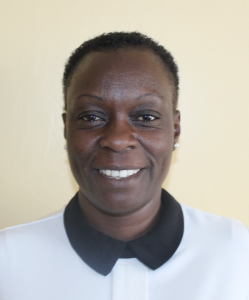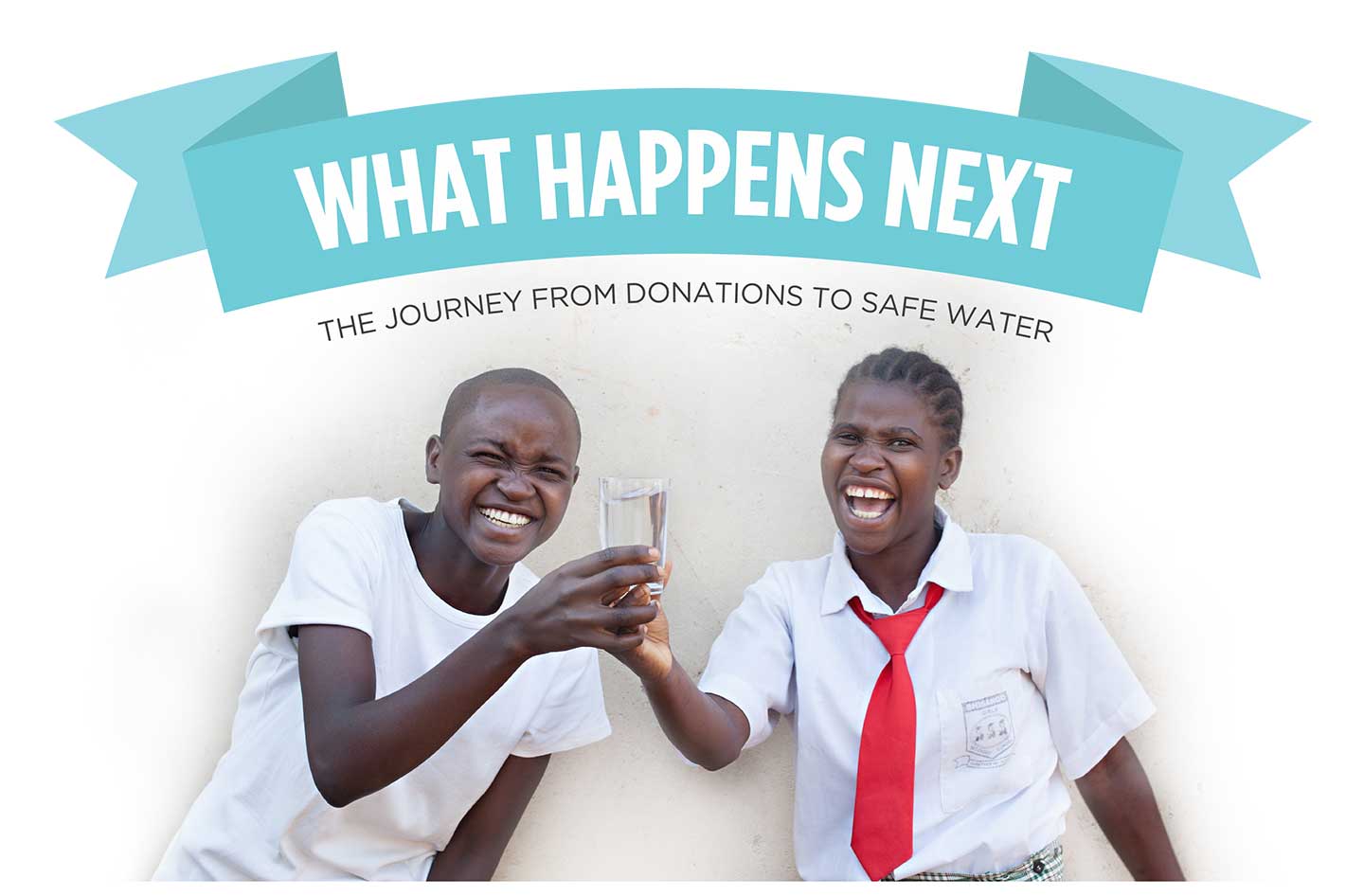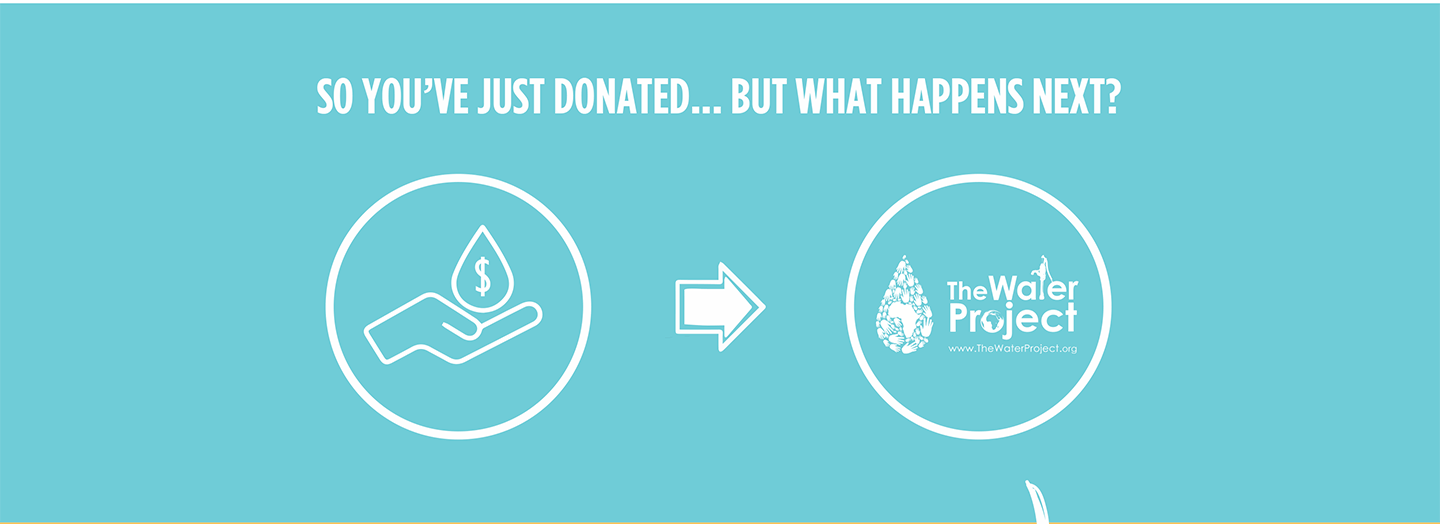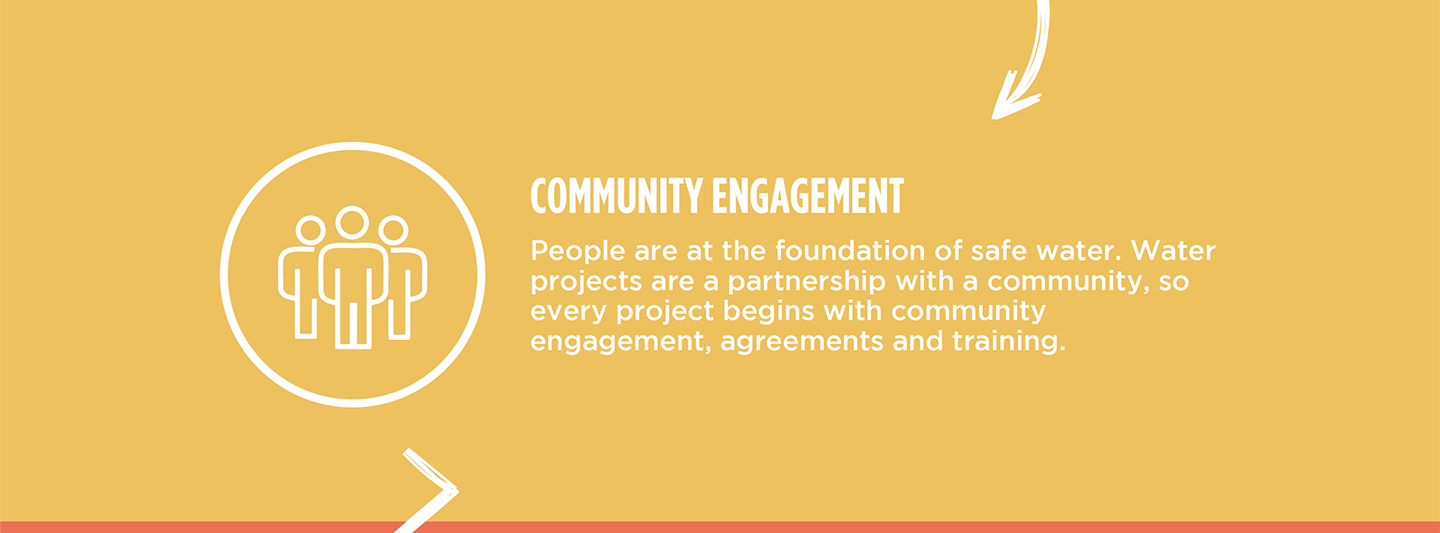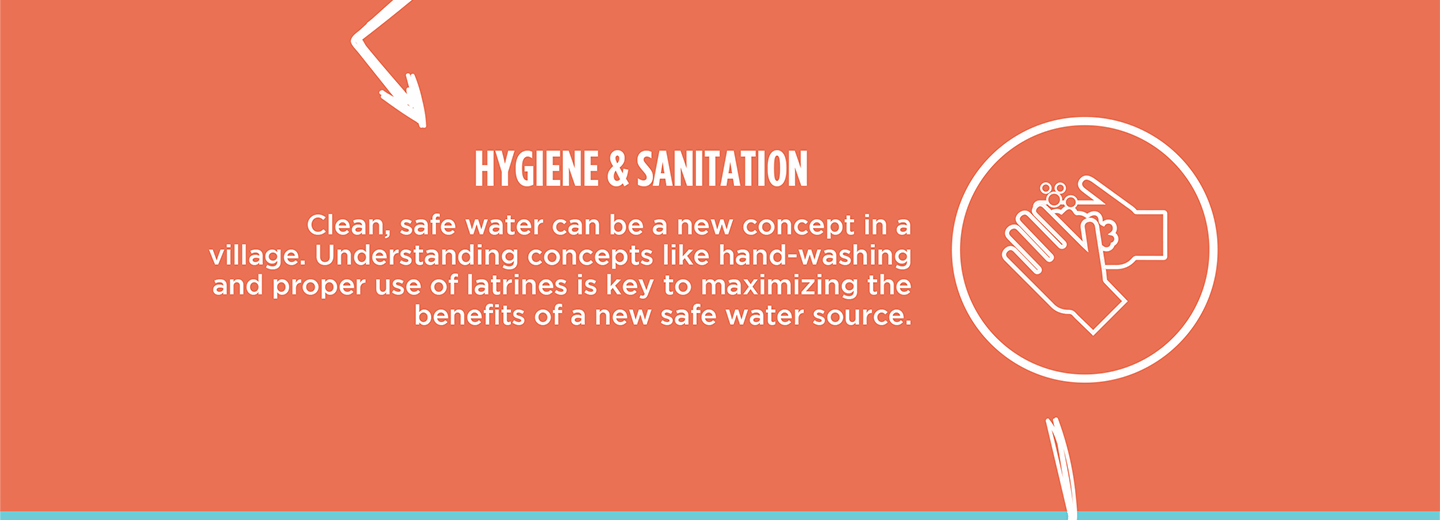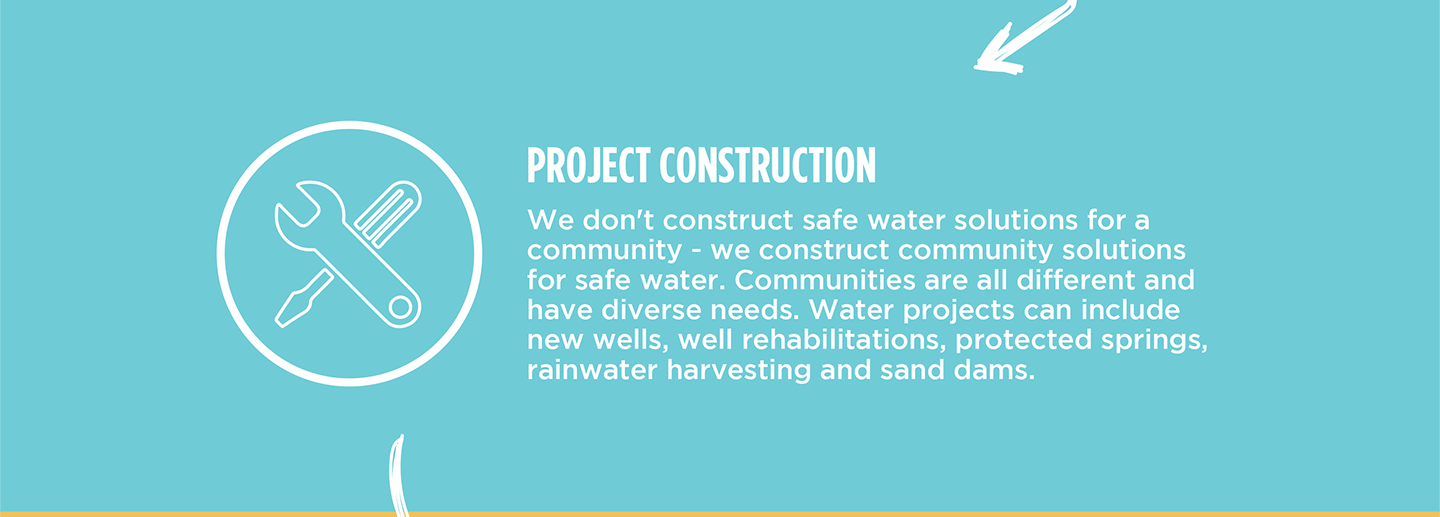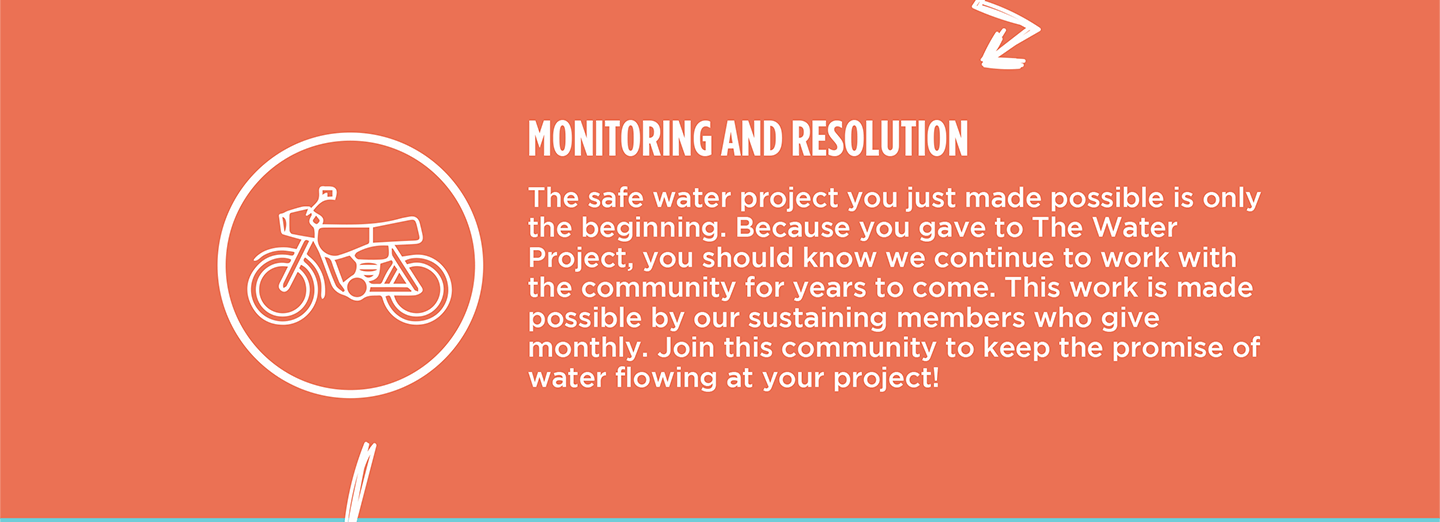There are 140 people in the Alufu Community who struggle to access clean water. There are no stairs, so making the journey down the hill to the spring is dangerous, especially when it rains. When they finally make it down to the waterpoint, the water they collect is even more dangerous. Their spring is not protected, leading to water-related illnesses.
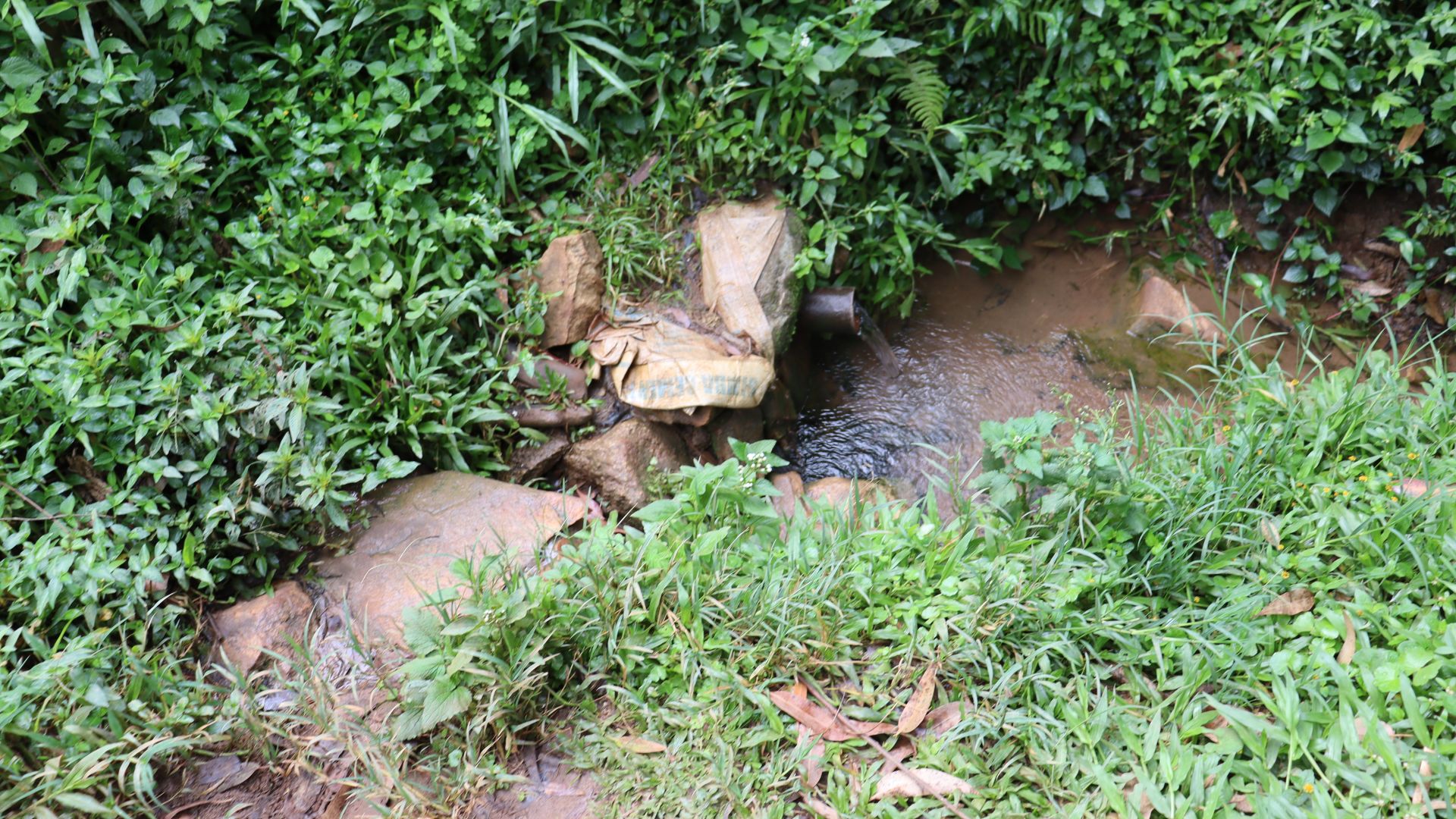
The spring in need of protection.
Kezia Naliaka is 46 years old. She is a local farmer and mother. Her children are often ill without clean water access, and her farm struggles. Thanks to the spring she is forced to use, Kezia herself has chronic health issues.
"In 2024, I was sick [from] typhoid. It was tough, because I [didn't have] enough money for treatment. I was told to buy some drugs to use, but it was difficult for me. Up to now, my body is still weak because of the typhoid."
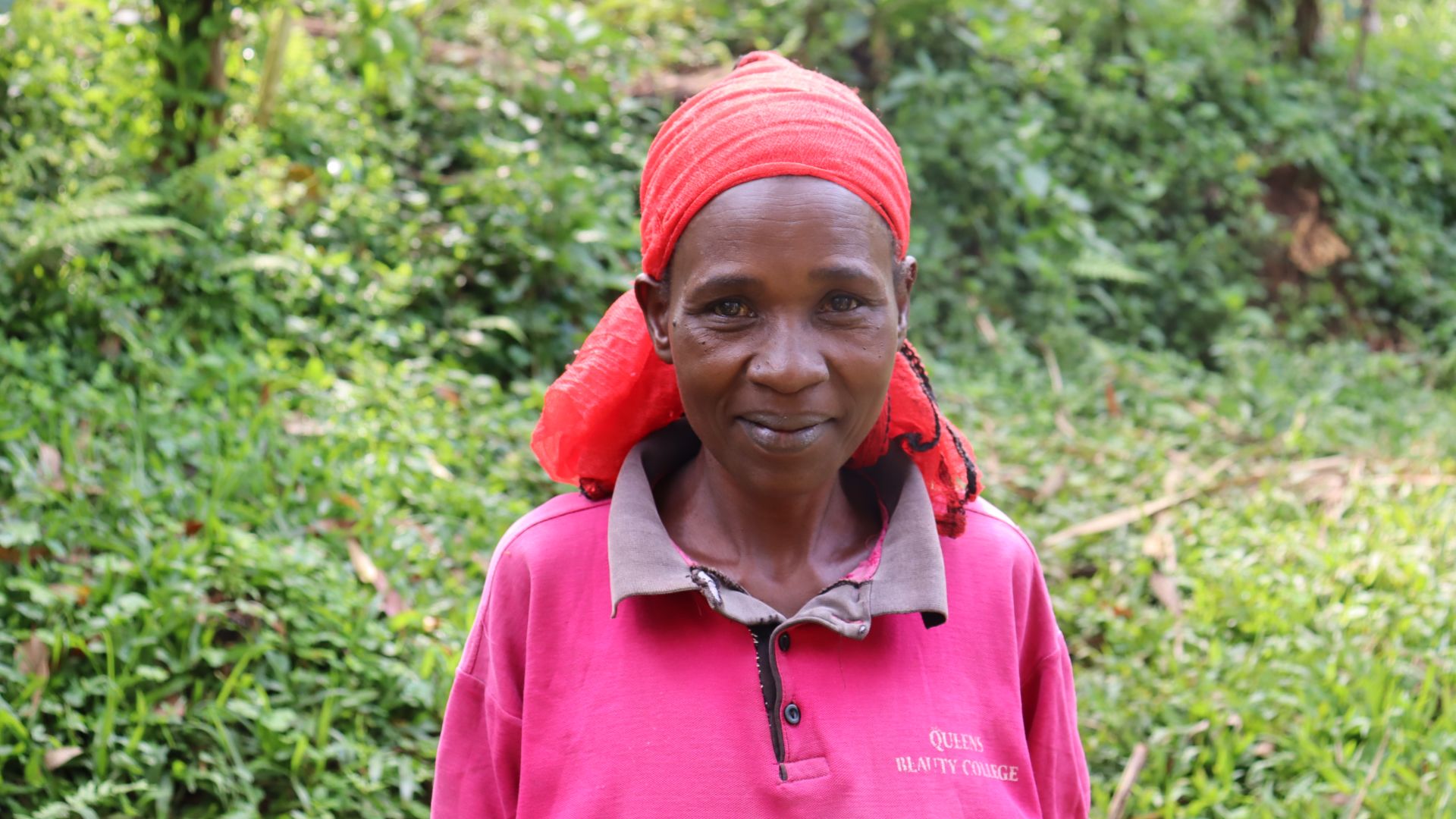
Ms. Kezia Naliaka.
The never-ending cycle of getting sick, being unable to work and earn an income, thus not being able to afford medication and basic necessities for your family, is a cycle that Kezia seems to get stuck in. And she's not the only one.
"I was told at the hospital to avoid contaminated water. The waterborne diseases like typhoid take a lot of money to treat. I used the money I had and started borrowing so that I could get the full dose for typhoid treatment," she shared.
With no other source options, Kezia must choose between quenching her and her children's thirst while contracting harmful diseases or going thirsty.

Kezia carries unsafe water home.
"It is bad to take water that harms you. When I see my children taking the same water, I feel so bad. In the end, I use a lot of money for treatment. This money could have been used in other economic activities," she continued.
It's a delicate balance, one with deadly consequences.
Kezia lamented, "The consequences of the water crisis are [a] lack of money, poverty, and death because if you don't get good treatment for typhoid, you can die."
Clean, accessible water will give Kezia and her family a new life. With it, she could become and stay healthy, and her children would be healthy and able to stay in school. Kezia's farm would flourish and provide a livelihood unlike any she's known until now.
"Water is life. Without water, I can't imagine how people, animals, and crops can survive. We need clean water to drink, cook, wash, and [do] many other things that need water," Kezia concluded.
Steps Toward a Solution
Our technical experts worked with the local community to identify the most effective solution to their water crisis. They decided to safeguard the existing flowing spring.
Spring Protection
Springs are natural water sources that originate from deep underground. As water travels through various layers of the earth, it undergoes a natural filtration process, making it cleaner and safer to drink. To protect these spring sources from contamination, we construct a waterproof cement structure around layers of clay, stone, and soil. This design channels the spring water through a discharge pipe, facilitating easier, faster, and cleaner water collection.
Chlorine Dispenser
As an extra measure towards water quality safety, uniquely engineered chlorine dispensers are installed at all of our spring protection projects so community members can treat their water with pre-measured doses of chlorine. The chlorine treats any possible contamination and stays active for two to three days, ensuring water stays safe to use even when stored at home. Chlorine delivery and maintenance of the dispensers are part of our ongoing community support.
Community Education & Ownership
Hygiene and sanitation training are integral to our water projects. Training is tailored to each community's specific needs and includes key topics such as proper water handling, improved hygiene practices, disease transmission prevention, and care of the new water point. Safe water and improved hygiene habits foster a healthier future for everyone in the community. Encouraged and supported by the guidance of our team, a water user committee representative of the community's diverse members assumes responsibility for maintaining the water point, often gathering fees to ensure its upkeep.

 Protected Spring
Protected Spring
 Rehabilitation Project
Rehabilitation Project

